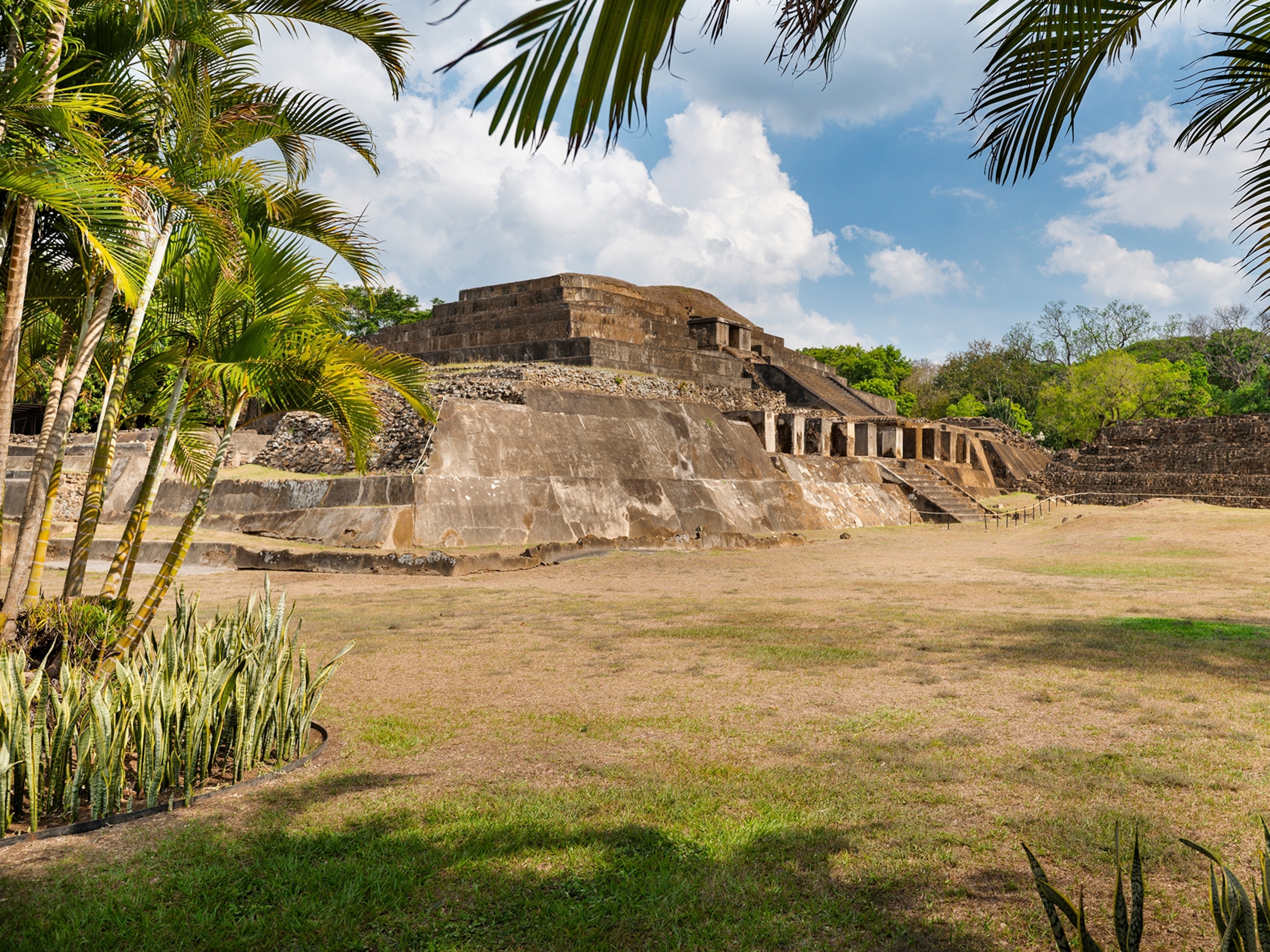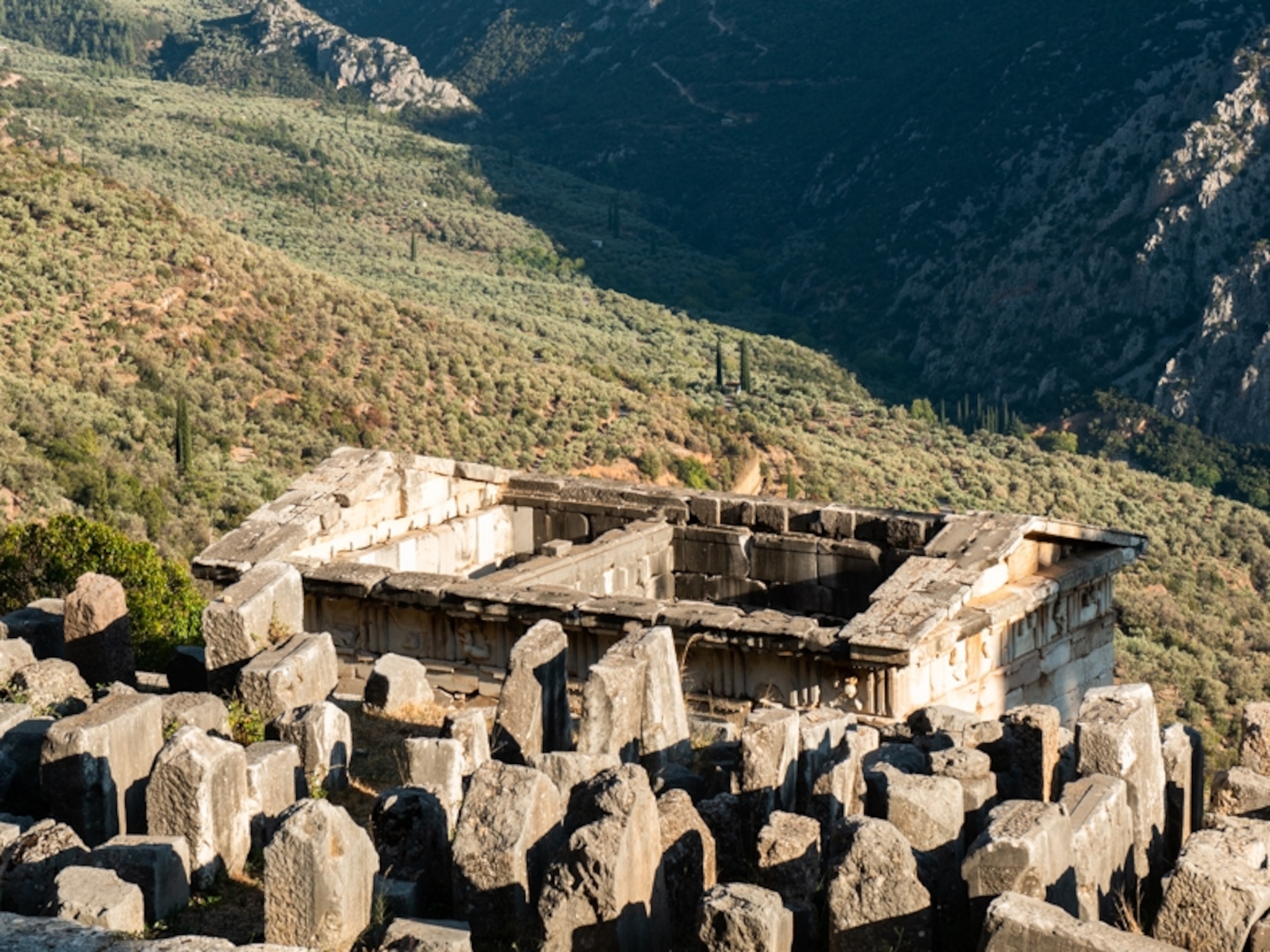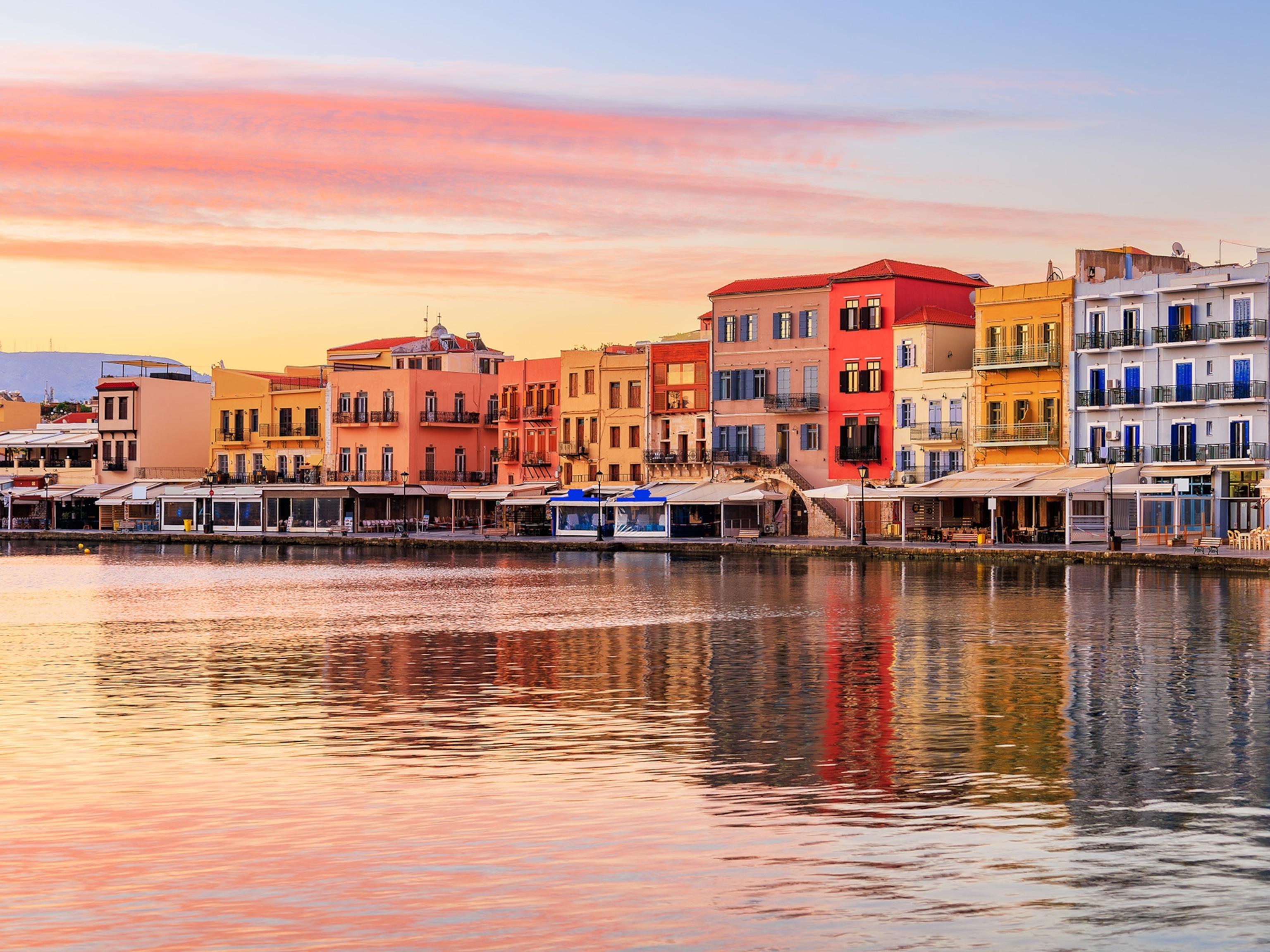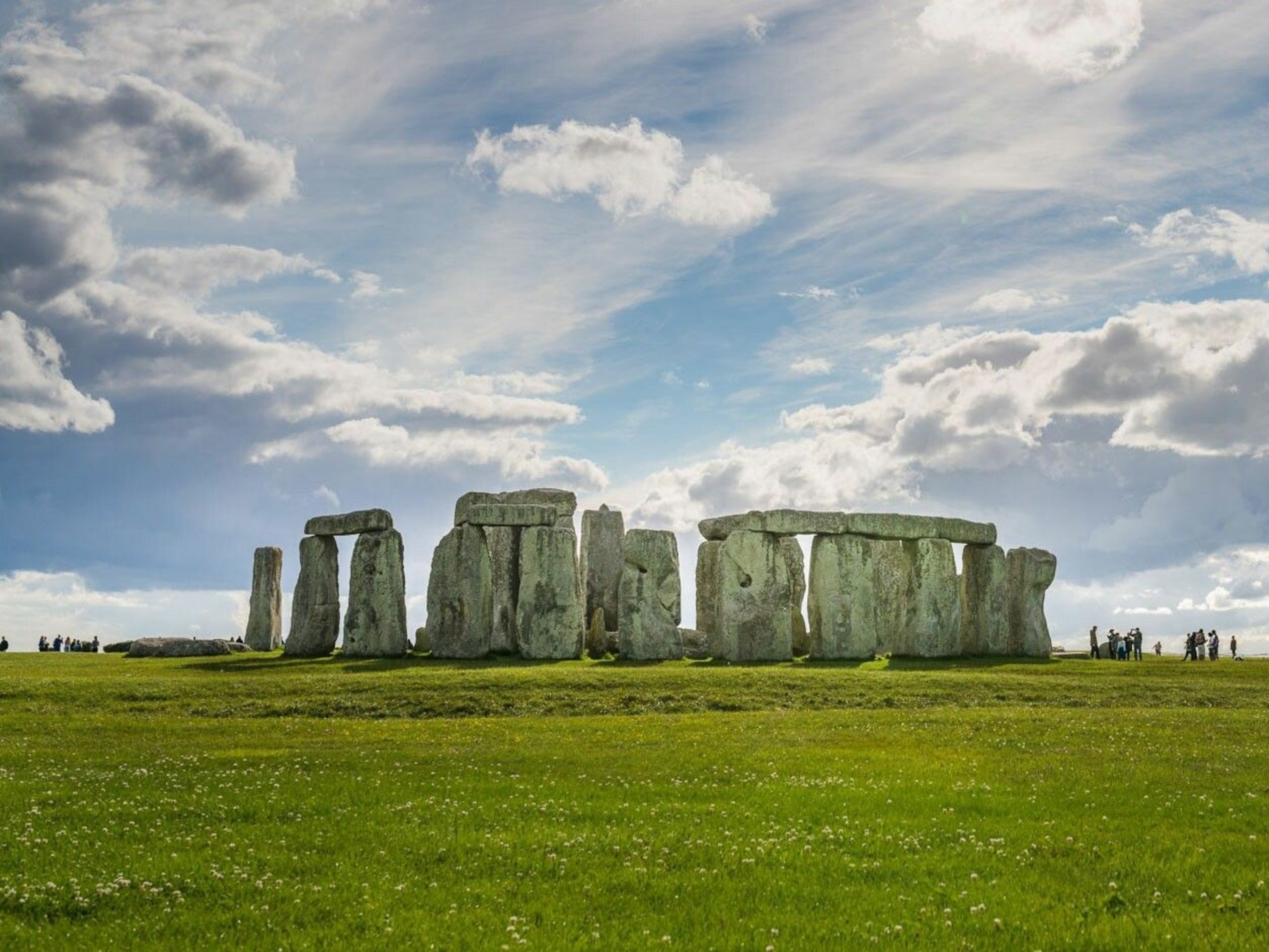
Embracing the Ancient in Ethiopia
“Lucy Welcomes You Home” is written just above a picture of a skeleton walking with a confident stride. The poster is one of the first things you see when you step into the National Museum of Ethiopia, where Lucy herself—a 3.2-million-year-old hominid uncovered in the Afar Triangle in 1974—lies in the basement lab.
The earliest ancestors of everyone on Earth are said to come from this scalding expanse of volcanic dust, but unless you’re an aspiring paleontologist, the Afar Triangle is probably the last place in Ethiopia you’d ever want to go.
Maybe it’s Lucy, or the majestic permanence of the Great Rift Valley, but a sense of returning to the root of everything pervades the whole country. In Ethiopia, what is ancient is also alive and well.

I recently traveled the length of the country, scouting for a brand-new trip the team at National Geographic Expeditions will debut later this year. Though Ethiopia’s cities are modernizing fast (schools, hospitals, and hotels are popping up all over), you never feel divorced from the essence of the land. Even coffee, considered to have originated here, is roasted and crushed right in front of you—nowhere is your cup closer to the virgin bean.
In the south travelers find roots to the past in the ethnic groups of the Omo River Valley: women with lip plates, men dappled in decorative scars–the kind of scenes that once defined our notion of the exotic, splashed across the pages of National Geographic magazine.
It’s easy to get caught up in all the exoticism—the body paint, the stretched earlobes, the nail-biting initiation rites. But what may be more remarkable is the constancy of these ancient traditions despite the incursion of time.
The women still use minerals and butter to make red paste for their hair. Most still tan, sew, and decorate their own goatskin clothing and hammer out their brass bracelets by hand. The locals have no truck with spaghetti or macchiatos—two urban staples brought here by the Italians in the 1930s. Instead, they ritually drink a brew made from coffee husks and get most of their sustenance from sorghum, as it’s been across the ages.
Regardless of their allegiance to the past, the people of the Omo River Valley face modern problems: they are currently under siege from a number of international corporations looking to turn ancestral grazing lands into cotton or sugarcane plantations or oilfields. Those familiar with the Omo Valley of decades ago will tell you that things have definitely changed, in a way that makes you wish you had been around to see it.
Otherwise, the Omo tribes seem to wear modernity lightly. You might see long watchband strips alongside beaded necklaces, bottle caps tied into hair, a squashed bowler hat on the head of an elder. But you’ll rarely see them traveling on anything but their feet, and they’ll use gourds and ceramics and carved wooden stools before something made in a factory; it’s easy to imagine how they lived many centuries ago.

Travel north to Lalibela and you’ll find an entirely different kind of ancient: less primordial than biblical.
Lalibela was built by a 12th-century Ethiopian king as a second Jerusalem, a safe harbor for Christian pilgrims while the Holy Land remained under Muslim control. There’s a Mount of Olives, a River Jordan glazed with moss, and 11 churches that were hewn from a massive hill of rock.
The maze of tunnels and subterranean alleys leading to spectacular pink buildings might recall Petra—wizened men in robes abound here, too—but the difference is that Lalibela feels holy. There’s an uncomplicated glow of certainty in the faces of the worshippers draped in white who flock there every day, continuing a tradition that dates back nearly a thousand years.
- National Geographic Expeditions
“Tourists still come here loaded down with stocks of water and food,” a woman in the travel industry told me. “They still think we’re starving!” There were no indications of the famine and tumult of the 1980s on my flight to Addis Ababa, Ethiopia’s capital city. We were served two extra meals, and the passengers, mostly émigrés returning for the Orthodox celebration of Christmas, were a joyous, jabbering lot that broke into cheers as soon as we landed.
Their country, with its vivid and timeless soul, was welcoming them home.
Sarah Erdman is a writer and editor at National Geographic Expeditions and the author of the award-winning book Nine Hills to Nambonkaha, about living in a West African village as a Peace Corps volunteer.
> Related:
- Travel With National Geographic to Ethiopia
- Ethiopia Photo Gallery
- Nat Geo Travel’s Guide to Ethiopia
- “Africa’s Afar Depression“ (a feature story from National Geographic)
- “Africa’s Last Frontier: Omo River” (a feature story from National Geographic)





